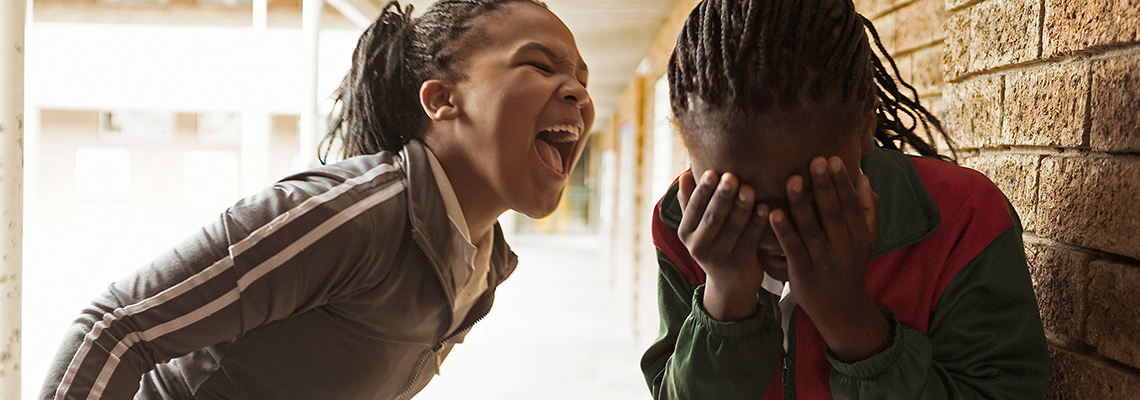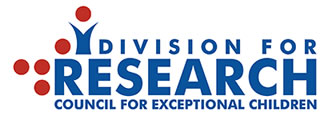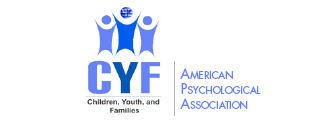
When we refer to children as “bullies,” it implies there is an inherent and unchangeable quality to them. This can quickly lead to discussions about punishment and sanctions for the undesirable. What is needed instead is to identity bullying as an action that requires support for behavioral change. There are many ways that parents and teachers can help change bullying behavior. In reality, both specific children’s needs as well as environmental conditions that allow for bullying must be addressed in order to change bullying behaviors.
What is bullying?
Bullying occurs when kids repeatedly use their power with the intention to control or harm others. There is a power imbalance in the relationship. Because of this imbalance, victims have a difficult time defending themselves. A power Imbalance includes threat or use of physical size or strength, social popularity, or psychological know how to cause embarrassment. Examples include: hitting, pinching, tripping, or pushing someone (physical); threatening, harassing or taunting statements (verbal); spreading rumors, public humiliation: or deliberately excluding someone (social).
Cyberbullying occurs when mean, negative or embarrassing information is sent, posted or shared electronically. Cyberbullying most often occurs alongside in-person forms of bullying. This is uniquely problematic because: (a) it can occur anytime day or night, so it is hard to escape from situation; (b) parents and teachers are less likely to be aware of or observe the problem, so it can go unnoticed; and (c) postings can be permanently captured even if the original post is taken down, causing long-term reputational harm.
What is not bullying? Single acts of exclusion, rejection, aggression such as:
- arguing, fighting or disagreements between friends or those with an equal status
- accidental exclusion, rejection, aggression
Bullying is a serious problem effecting 20% – 40% of children. While approximately 25% of children report being bullied, up to 40% report exposure to bulling.
A child can be a witness to bullying, a victim of bullying, or engage in bullying. Many victims of bullying also learn to use bullying in their relationships (called “bully-victim”). A child’s experience of bullying can change over time.
Why do children bully?
- Some children use dominance as a way to gain social status – particularly at younger ages. Importantly, we need to help kids find new, socially appropriate ways, to gain status and popularity.
Children who bully often enjoy higher social status in elementary school, which declines throughout middle and high school. Adults are sometimes perplexed by a victim’s effort to maintain a relationship with a child who bullies because they are unaware of the social status that the dominant child enjoys within their peer group.
Dealing with conflict
- Some children use bullying as a way to deal with conflict. Therefore, they need new ways to appropriately manage conflict.
Skills associated with solving peer conflicts are not the same as those required to address bullying. Bullying occurs when there is an imbalance of power, and the child with power uses it to influence the other child. Power is displayed with physical threats or assaults, threats of humiliation, or actions to end the relationship. Dealing with bullying is different than solving social conflicts because the power imbalance must be addressed directly with both the child who is bullying and the victim.
In contrast, when children learn to negotiate conflicts with peers, they do so in a way that is not harassing. While any child may wish to influence the outcome of conflicts to his/her benefit, healthy relationships are grounded in the ability to negotiate conflicts with respect – and balance each other’s influence.
Bullying Myths
Isn’t bullying a normal part of childhood?
- No, and there are negative effects for all involved; these problems can persist into adulthood.
- Students who are bullied experience feelings of depression, anxiety, low self-esteem and are less engaged in school.
- Students who bully may experience conduct and other mental health disorders.
Isn’t bullying a problem children can solve on their own?
- No, skilled adults are needed to help victims, bullies, and bully-victims learn to appropriately assert themselves.
Ways parents and teachers can help change bullying behavior
- Start early! Focus on building self-esteem and resilience as early as preschool. Kids needs a basic foundation of self-worth to stand up to bullying.
- Practice assertiveness at home: Family interactions can serve as the practice ground for standing up to bullies. An “I statement” is an assertive statement which can be used in a potentially difficult circumstance such as bullying. The “I statement” has three parts: behavior, feeling and consequence. For example, “When you talk about me behind my back (behavior), I feel mad (feeling) because it is not true but some people believe it!” (consequence)
- Stick together: Using peer support is a good way to cope with bullying. Some children need specific guidance about the positive power of their peer groups. (How does it feel when your team cheers for you or you cheer for a friend?)
- Identify Coping Strategies: What helps a child feel better? Some options include talking about their feelings with peers or adults; role playing situations with difficult peers in advance; reading books about bullying or peer conflicts; doing things that make them feel good about themselves.
- Emphasize telling an adult: If bullying is occurring, reporting it to school personnel is essential. The report can come from a victim or a bystander. If problems persist despite school intervention, parents should consult a qualified mental health professional.
What if your kid is doing the bullying?
Naturally, some parents can be shocked when told their own child is engaged in bullying. However, it’s important to be open to concerns raised at school and focus on how to support the child and promote changes in behavior.
What matters for most children is that all the concerned adults frequently and consistently address bullying behaviors and provide support.
Proper citation link for this blog post:Hughes, T. L. (May 1, 2019). Let’s Talk about Bullying not Bullies. Retrieved from https://infoaboutkids.org/blog/lets-talk-about-bullying-not-bullies.
















